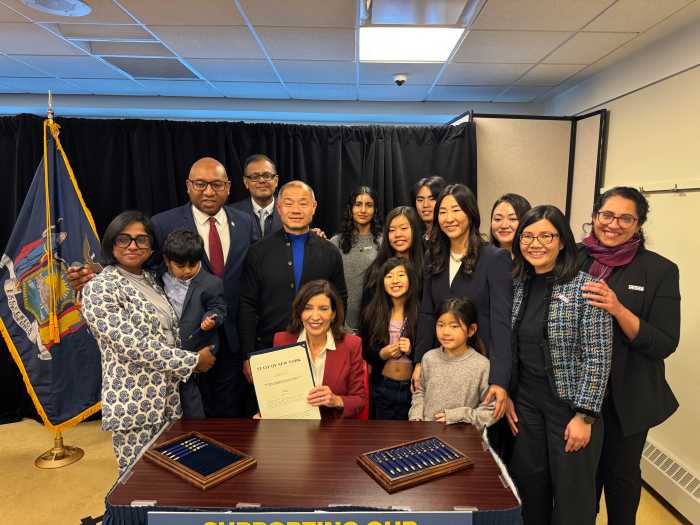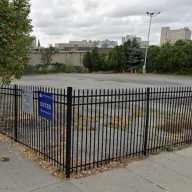By Matthew Monks
A new report shows the borough has the largest cluster of immigrants in the city with more than 1 million foreign-born residents – or 46 percent of the population. The borough boasts the neighborhood with the city's highest proportion of immigrants – Elmhurst – and the neighborhood with the second-largest total number of transplants, Flushing.About 70 percent of Elmhurst residents are foreign-born, mostly from China, Colombia and Ecuador, the report showed.”We see probably over 100 languages spoken in Elmhurst,” said Joseph Salvo, director of the Planning Department's population division and co-author of the report.Flushing, with 86,911 immigrants – 31 percent of them from China – is second only to Manhattan's Washington Heights as the neighborhood with the most immigrants.The city Planning Department report, a 265-page booklet titled the “Newest New Yorkers 2000,” is the city's most sweeping picture ever of its immigrants, showing how they have transformed the region's neighborhoods, businesses, housing and schools. Relying on census statistics, it details how from 1990 to 2000 Queens' foreign population jumped 45 percent to 1,028,300 people. In comparison, Brooklyn had 931,769 immigrants, or 38 percent of the total population; Manhattan 452,440 immigrants, or about 30 percent; and the Bronx 385,827, also about 30 percent. And Staten Island had the least number of foreign-born transplants with 72,657 immigrants, or just 16 percent of the borough's population. Over the decade, Queens drew the bulk of the city's Colombian, Ecuadorian, Guyanese, and Chinese immigrants. For instance, the borough has attracted: ¥ 78 percent of the city's 84,400 Colombians.¥ 58 percent of the city's 114,900 Ecuadorians. ¥ More than half of the city's 130,600 Guyanese.¥ And 39 percent of the city's 261,600 Chinese.Asians and Latin Americans comprised one third of the borough's total immigrants. Chinese immigrants were the largest single group, comprising 10 percent of all new arrivals. Guyanese and Ecuadorians were the second largest at 7 percent each. Most newcomers settled in northwest and central Queens near the No. 7 subway line, dubbed the “International Express,” in the neighborhoods of Flushing, Astoria, Jackson Heights, Corona, Woodside and Sunnyside. More than half of all Astorians and more than 60 percent of the residents in those other neighborhoods were foreign born as of 2000, the report said. And in another measure of the migrants' impact on the borough, the Planning Department estimated that 70 percent of all new home occupancies in those regions from 1990 to 2002 were tied to immigration. Salvo said the influx has been a boon for the city, offsetting population declines and reinvigorating the economy. Throughout the city, immigrants account for 43 percent of the entire work force and hold the majority of jobs in manufacturing, construction, transportation, wholesale, retail and service.”These industries would not exist in the city were it not for immigration,” Salvo said. Reach reporter Matthew Monks by e-mail at news@timesledger.com or by phone at 718-229-0300, Ext. 156.



































